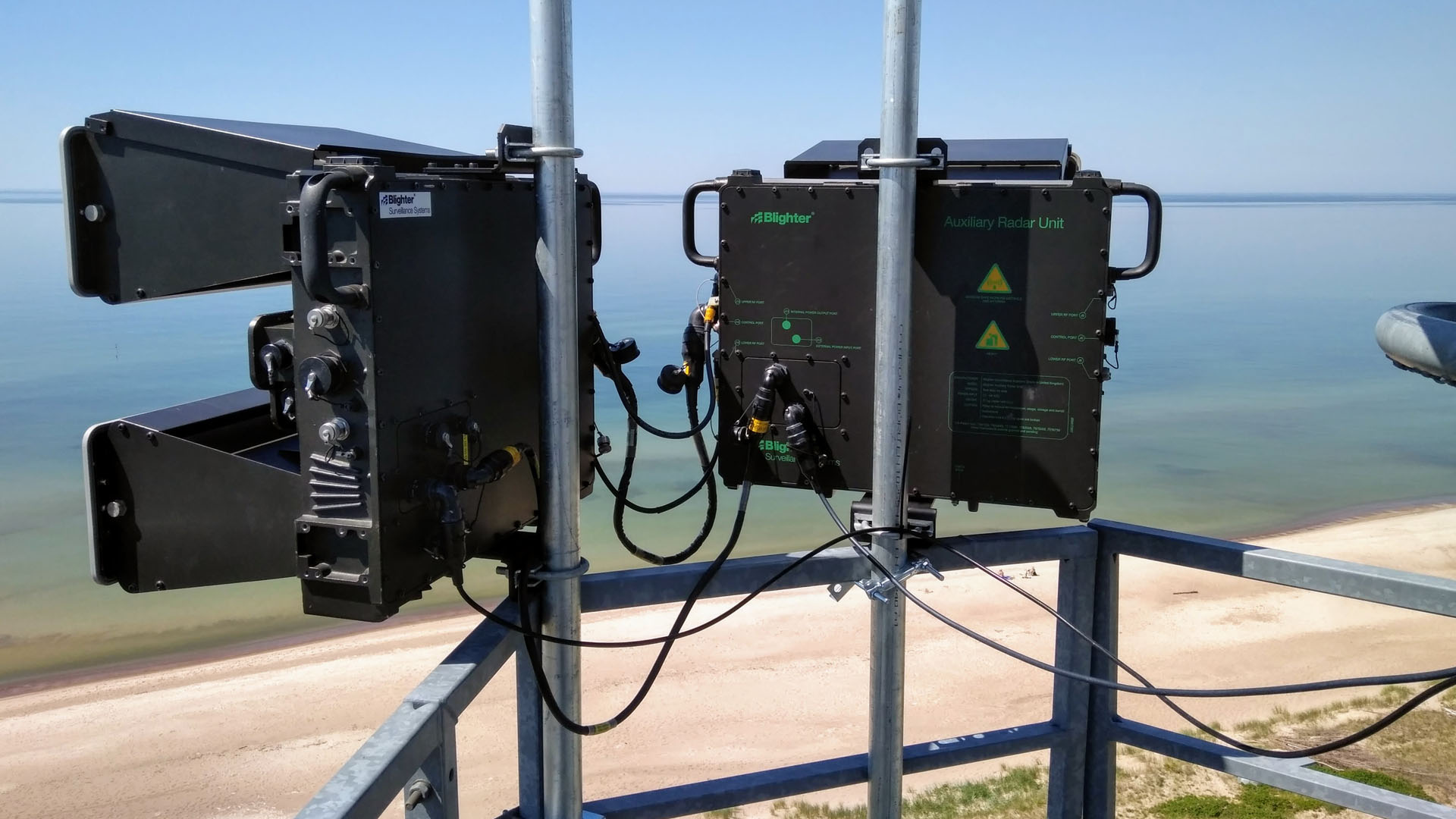Advancements in Border Surveillance: Enhancing National Security and Efficiency
Advancements in Border Surveillance: Enhancing National Security and Efficiency
Blog Article
In an increasingly interconnected world, the importance of secure and efficient border surveillance systems cannot be overstated. These systems are critical in ensuring national security, preventing illegal activities, and facilitating legitimate trade and travel. Border surveillance systems leverage advanced technology to monitor and control borders, providing comprehensive solutions to modern security challenges.

Components of an Effective Border Surveillance System
Advanced Sensor Technologies
Border surveillance systems incorporate a range of advanced sensors, including radar, thermal cameras, and motion detectors. These sensors provide continuous monitoring and can detect unauthorized activities in real-time. Radar systems are particularly effective in monitoring large areas, while thermal cameras can detect heat signatures, making them invaluable during night operations or in adverse weather conditions.
Unmanned Aerial Vehicles (UAVs)
Unmanned Aerial Vehicles (UAVs), commonly known as drones, are a crucial component of modern border surveillance systems. UAVs provide aerial surveillance, covering vast areas quickly and efficiently. Equipped with high-resolution cameras and real-time data transmission capabilities, UAVs offer a bird’s-eye view of the border, enabling rapid response to any suspicious activities.
Integrated Communication Systems
Effective border surveillance systems rely on robust communication networks to ensure seamless coordination between different components. Integrated communication systems facilitate real-time data sharing and analysis, enabling border security personnel to make informed decisions swiftly. These systems often utilize encrypted communication channels to prevent interception and ensure data security.
Artificial Intelligence and Machine Learning
Artificial Intelligence (AI) and Machine Learning (ML) are revolutionizing border surveillance by enhancing the capability to analyze large volumes of data and identify patterns. AI-driven systems can detect anomalies, predict potential security threats, and automate responses to routine incidents, significantly improving the efficiency and effectiveness of border surveillance operations.
Key Benefits of Border Surveillance Systems
Enhanced National Security
Border surveillance systems are pivotal in safeguarding national security. By monitoring and controlling borders, these systems prevent illegal crossings, smuggling, and other illicit activities. They also play a crucial role in counter-terrorism efforts, ensuring that potential threats are identified and neutralized before they can pose a risk.
Facilitation of Legitimate Trade and Travel
While border surveillance systems are essential for security, they also facilitate legitimate trade and travel. By streamlining border control processes and reducing the likelihood of delays, these systems support economic activities and promote international cooperation. Efficient border surveillance ensures that goods and people can move across borders smoothly, benefiting both businesses and travelers.
Cost-Effective Security Solutions
Investing in advanced border surveillance systems can lead to significant cost savings in the long run. Automated systems reduce the need for extensive manpower, while advanced technologies such as UAVs and AI-driven analytics enhance the effectiveness of border patrols. This combination of efficiency and effectiveness results in a cost-effective security solution that delivers long-term benefits.
Challenges and Considerations in Implementing Border Surveillance Systems
Technological Integration
Integrating various technologies into a cohesive border surveillance system can be challenging. Ensuring compatibility between different sensors, communication networks, and analytical tools requires careful planning and execution. It is essential to select technologies that can work together seamlessly to provide comprehensive coverage and real-time data analysis.
Data Security and Privacy Concerns
The use of advanced technologies in border surveillance raises concerns about data security and privacy. Protecting sensitive information from cyber threats and ensuring compliance with privacy regulations are critical considerations. Implementing robust cybersecurity measures and maintaining transparency in data handling practices are essential to address these concerns.
Operational and Maintenance Costs
While advanced border surveillance systems offer numerous benefits, they also come with significant operational and maintenance costs. Regular maintenance of sensors, UAVs, and communication networks is necessary to ensure their continued effectiveness. Budgeting for these expenses and ensuring adequate funding for ongoing operations is crucial for the success of border surveillance initiatives.
Future Trends in Border Surveillance
Integration of 5G Technology
The integration of 5G technology is set to revolutionize border surveillance systems. With its high-speed data transmission capabilities and low latency, 5G will enable real-time video streaming and data analysis, enhancing the overall efficiency and responsiveness of border surveillance operations. 5G technology will support the deployment of more advanced sensors and UAVs, providing comprehensive coverage and improved situational awareness.
Biometric Identification Systems
Biometric identification systems are becoming increasingly important in border surveillance. These systems use unique biological characteristics such as fingerprints, facial recognition, and iris scans to verify identities. Biometric systems offer a high level of accuracy and security, making them an essential tool for modern border control.
Enhanced AI and Machine Learning Capabilities
Advancements in AI and Machine Learning will continue to enhance the capabilities of border surveillance systems. Future systems will be able to analyze even larger datasets, identify more complex patterns, and predict potential security threats with greater accuracy. These advancements will lead to more proactive and effective border security measures.
Conclusion
In conclusion, border surveillance systems are critical for maintaining national security, facilitating legitimate trade and travel, and providing cost-effective security solutions. By leveraging advanced technologies such as sensors, UAVs, AI, and integrated communication systems, these systems offer comprehensive solutions to modern security challenges. Despite the challenges associated with technological integration, data security, and operational costs, the benefits of effective border surveillance far outweigh the drawbacks. As technology continues to evolve, border surveillance systems will become even more sophisticated, providing enhanced security and efficiency in the years to come.
Report this page